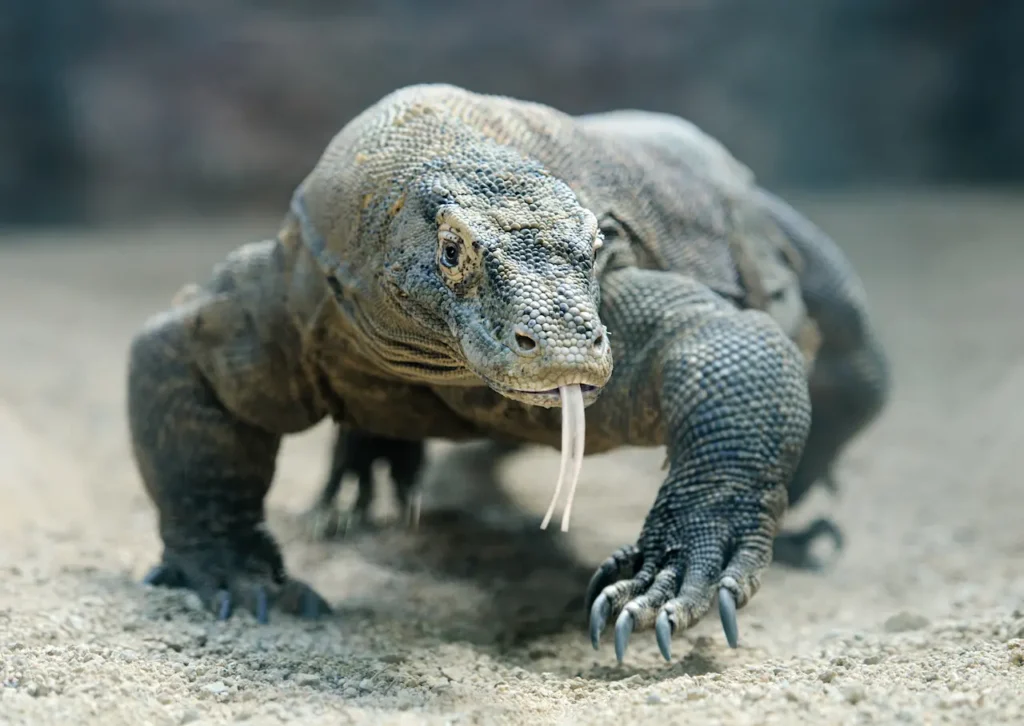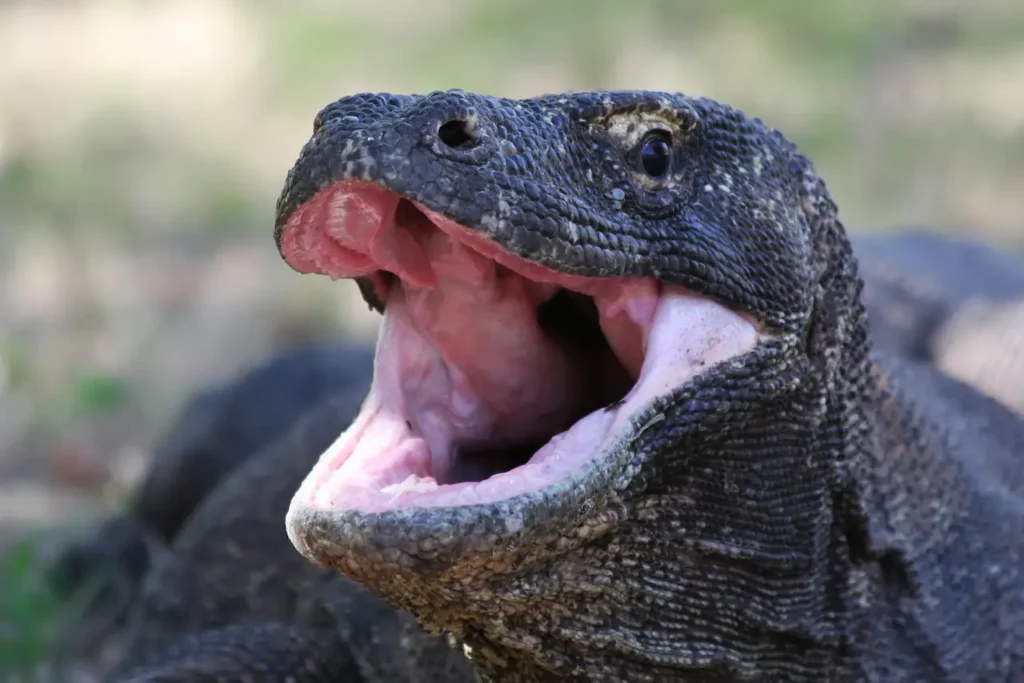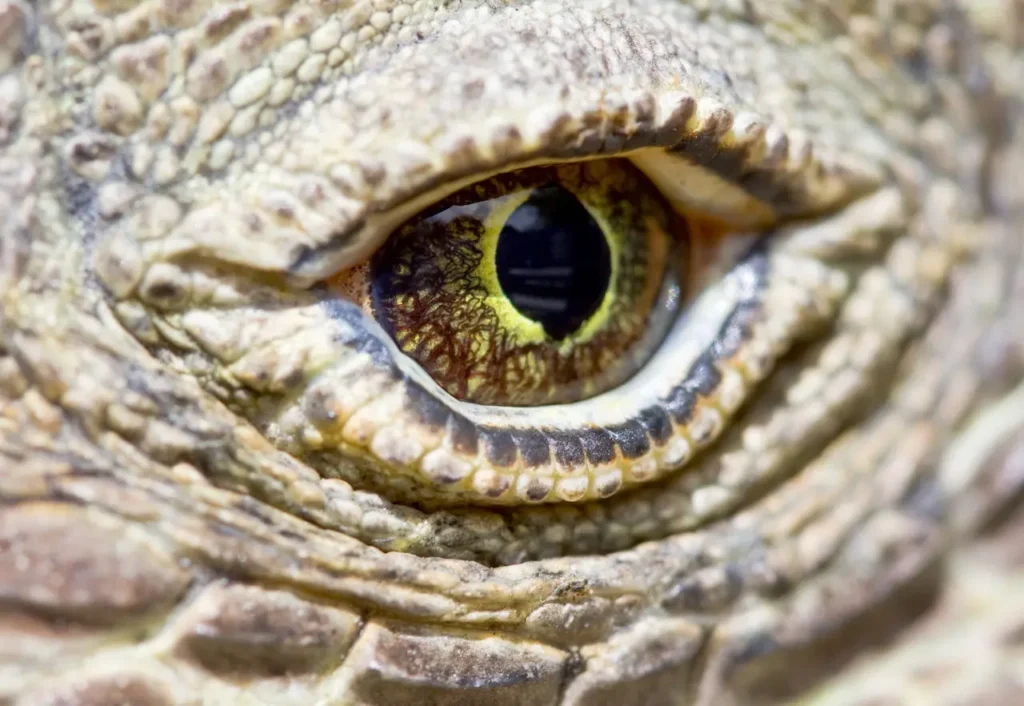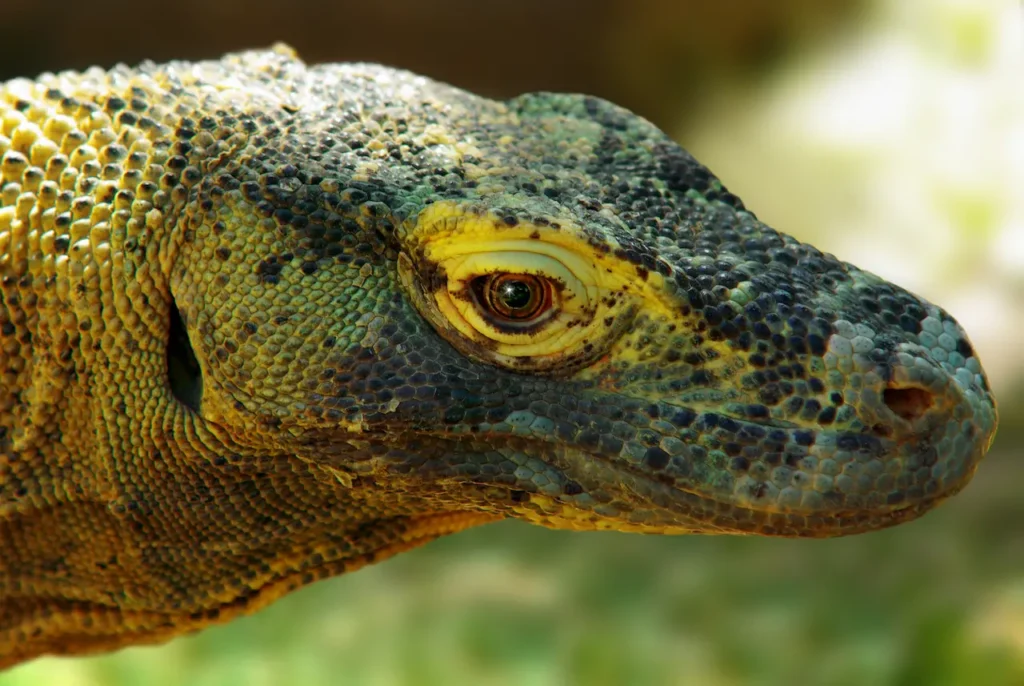What Eats A Komodo Dragon?
Categories
- Accipitridae (1)
- Acrididae (1)
- Algae (2)
- Alligatoridae (1)
- Amoebidae (1)
- Amphibians (3)
- Anatidae (1)
- Anguillidae (1)
- Arachnids (2)
- Bears (2)
- Big Cats (3)
- Birds (13)
- Bovidae (5)
- Bufonidae (1)
- Camelids (1)
- Cameras (1)
- Canines (13)
- Caridea (1)
- Carnivora (10)
- Castoridae (1)
- Cats (5)
- Cebidae (1)
- Cephalopod (1)
- Cervidae (2)
- Cetacean (1)
- Chondrichthyes (1)
- Crocodilia (2)
- Crustaceans (4)
- Culicidae (1)
- Cyaneidae (1)
- Dasypodidae (1)
- Dasyurids (1)
- Deer (1)
- Delphinidae (1)
- Desktop (1)
- Didelphidae (1)
- Dinosaurs (1)
- Dogs (13)
- Dolphins (2)
- Echinoderms (1)
- Education (10)
- Elephantidae (1)
- Equine (1)
- Erethizontidae (1)
- Erinaceidae (1)
- Farming (1)
- Felidae (5)
- Fish (5)
- Food Chain (31)
- Food Web (2)
- Formicidae (1)
- Frugivore (1)
- Gaming (1)
- Gastropods (1)
- Giraffids (1)
- Great Apes (2)
- Health Conditions (3)
- Herbivore (4)
- Hi-Fi (1)
- Hippopotamidae (1)
- Hominidae (1)
- Insects (10)
- Invertebrates (2)
- Keyboards (1)
- Laptops (1)
- Leporidae (1)
- Mammals (23)
- Marsupials (4)
- Mephitidae (1)
- Microchiroptera (1)
- Mollusks (2)
- Mongoose (1)
- Muridae (1)
- Nocturnal Animals (1)
- Odobenidae (1)
- Omnivore (2)
- Phasianidae (1)
- Phocidae (1)
- Plankton (1)
- Plants (2)
- Primate (1)
- Ranidae (1)
- Reptiles (7)
- Rhinocerotidae (1)
- Rodents (5)
- Salamandridae (1)
- Scarabaeidae (1)
- Sciuridae (2)
- Sharks (1)
- Shellfish (1)
- Sound (1)
- Spheniscidae (1)
- Suidae (1)
- Superfamily Papilionoidea (1)
- Theraphosidae (1)
- What Eats (5)
So what eats a Komodo dragon? Komodo dragons are apex predators at the top of the food chain, they are carnivores and eat almost anything found in nature, including their own kind. A fully grown Komodo dragon will rarely become a victim of other predators, but juvenile dragons are a different case.
Young Komodo dragons have quite a few predators in the wild. They are often attacked by wild boars, snakes, and adult dragons. The adult dragons in captivity usually have a restricted diet, but in their natural habitat, they prey upon large water buffaloes, rodents, deer, wild boars, and any kind of meat available. Also, cannibalism is not uncommon among adult dragons.
The young, however, have a slightly different diet, they hunt small rodents, lizards, birds, and snakes. These fearsome reptiles are the biggest and heaviest lizards on Earth, have a keen sense of smell, and mainly rely on ambushing their prey for their hunting strategy.
Table of Contents
Toggle
What Eats A Komodo Dragon
Predators of Komodo Dragons
Komodo dragons have armored skin covered in scales, plus their massive size and weight make them nearly impossible to become prey. Their tough skin also helps them survive the harsh climate of volcanic islands and brutal fights during mating season. However, young Komodo dragons and sometimes adult dragons are preyed upon by the following natural predators:
Larger Komodo Dragons
The only real threat to a Komodo dragon is a larger Komodo dragon. While most adults weigh around 70 kilograms, some grow to weigh more than 140 kilograms and are 10 meters long. When Komodo dragons first hatch, they quickly climb up the trees and other higher ground where they are safe from predators and adult dragons.
Komodo dragons are cannibalistic and often eat juvenile dragons; in fact, 10% of the adult dragon diet consists of young dragons. Young dragons spend most of their time in trees, until they are a year old or older to avoid larger dragons and other predators. At 2 years of age, their diet starts shifting to birds, small snakes, eggs, and rats, though they still frequently climb trees to avoid becoming prey.
Only at the age of around 5, do they start amassing large amounts of muscle and become strong enough to fend for themselves and start living more on the ground. This is the age when they start sharpening their ambushing and hunting skills and get ready for adult life, where they grow even bigger. The largest Komodo dragon ever found was 3.13 meters (10.3 feet) in length and weighed 166 kilograms (366 pounds).

Komodo Dragon Head Shot
Wild Boars
Wild boars are known to eat juvenile dragons and attack weakened adults. The young ones especially fall victim to wild boars due to their lack of experience and small size. Female wild boars get very defensive when protecting their younglings and can easily overpower a small dragon. Most of these interactions happen due to their shared habitat.
Feral Dogs & Civet Cats & Snakes
Feral dogs also pose a danger to smaller dragons, they will kill and eat juvenile dragons who are exposed in the wild. Similarly, civet cats won’t pass up on opportunities to prey on small dragons, though this is rarer. Young dragons become victims to a select few animals who can overpower them and where their habitats overlap.
Reptiles such as snakes, pythons, and boa constrictors also eat small dragons. There have been a few cases where Pythons have engaged in life-and-death battles against large Komodo dragons.

Komodo Dragon Eye Close Up
Humans
Humans are the most intelligent mammals on the Earth, they have access to incredibly powerful tools that can kill even the fiercest apex predators. Even indirect human actions such as the destruction of their natural habitat negatively impact their survival. In the past, they have been targeted by poachers, and tourists have disrupted their mating behavior by feeding them. There’s also the loss of prey caused by human poachers who hunt these dragons’ natural food.

Komodo Dragon Head Shot On The Side
Learning More About Komodo Dragons
Scientists have only recently started studying Komodo dragons, and there is still much we are yet to learn about these species. Komodo dragons have descended from prehistoric monsters known as Megalania, and despite having been around for thousands of years, we know very little about them.
Most Komodo dragon studies can be found in ebooks and published research papers available on the internet. However, there is some information exclusive to paperbacks that is hard to come by in digital formats. While ebook vs paperback comparison debates continue, the best way of gathering information about these creatures is by combining knowledge available on both and resources that are easily accessible. Unlike other study materials, learning obscure topics such as this requires you to search more than usual.
Komodo dragons are an endangered species, scientists estimate around 1400–1800 are in the wild and the rest 3000 are in captivity. Komodo Survival Program, Global Conservation, and Indonesian government bodies are among the key players taking conservation action to preserve the species and spread awareness about them through online resources and other tools.
